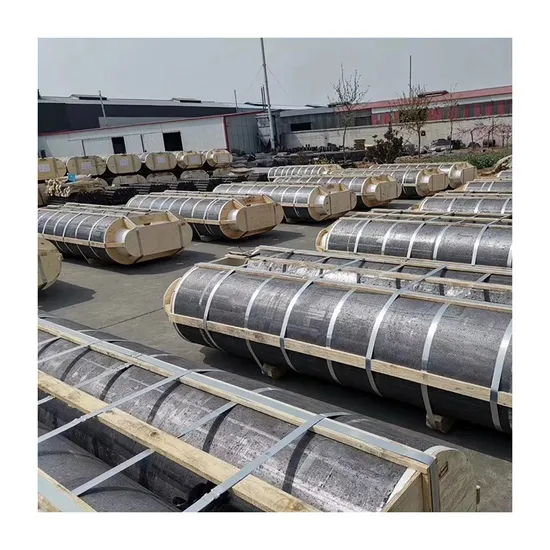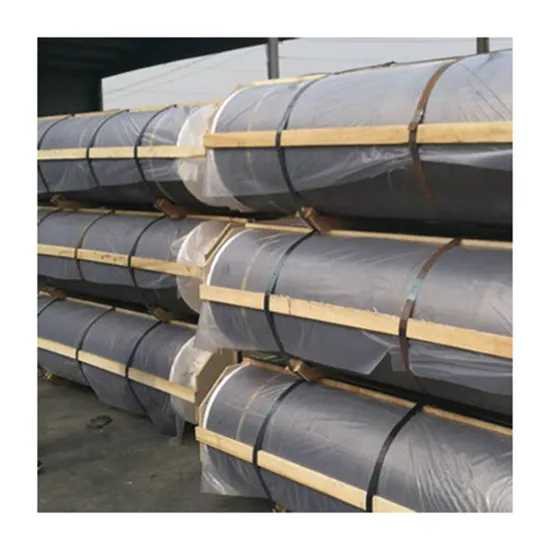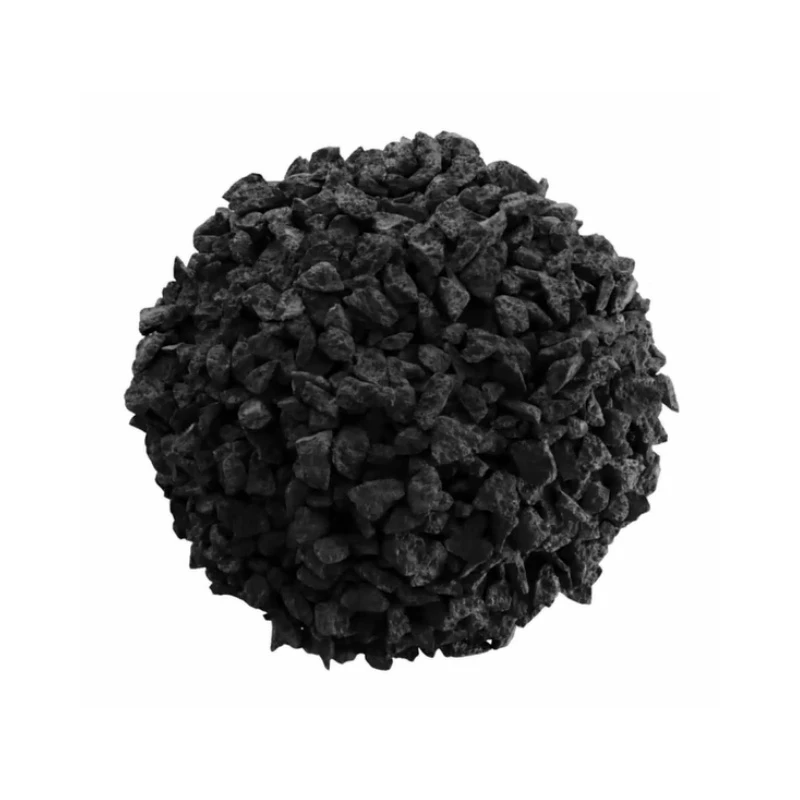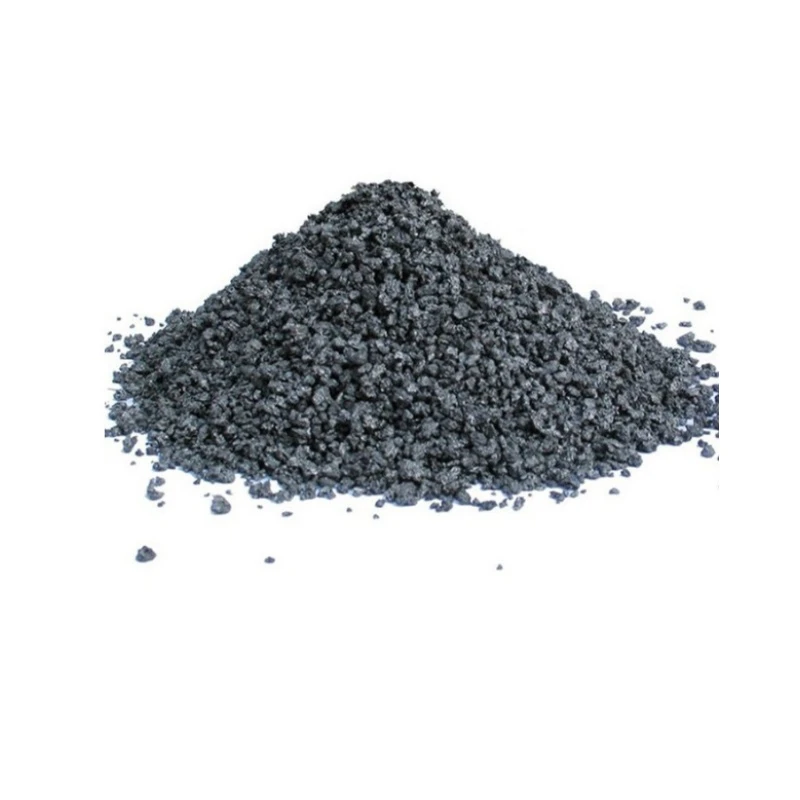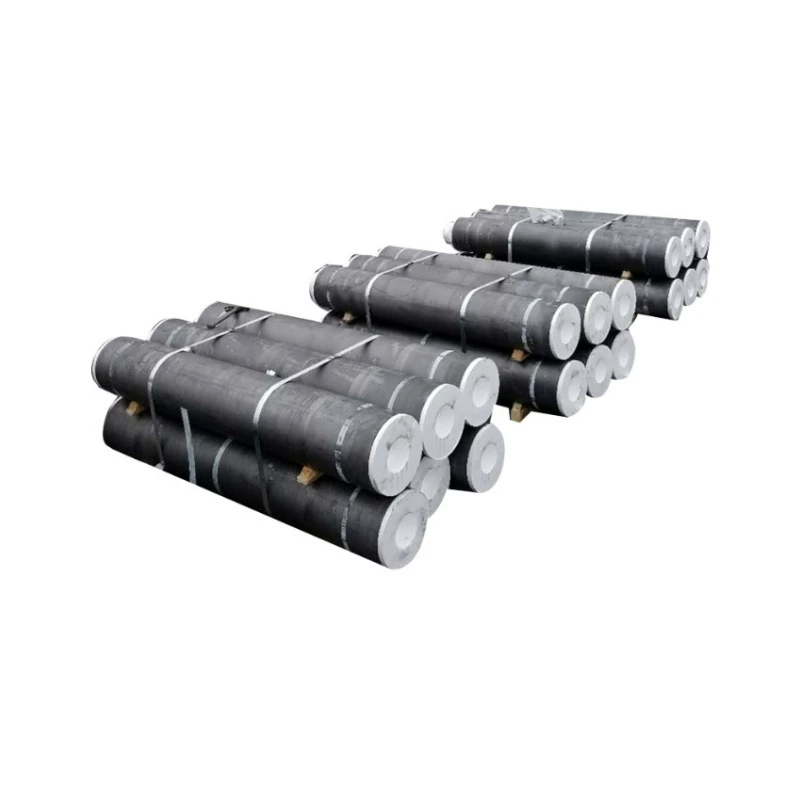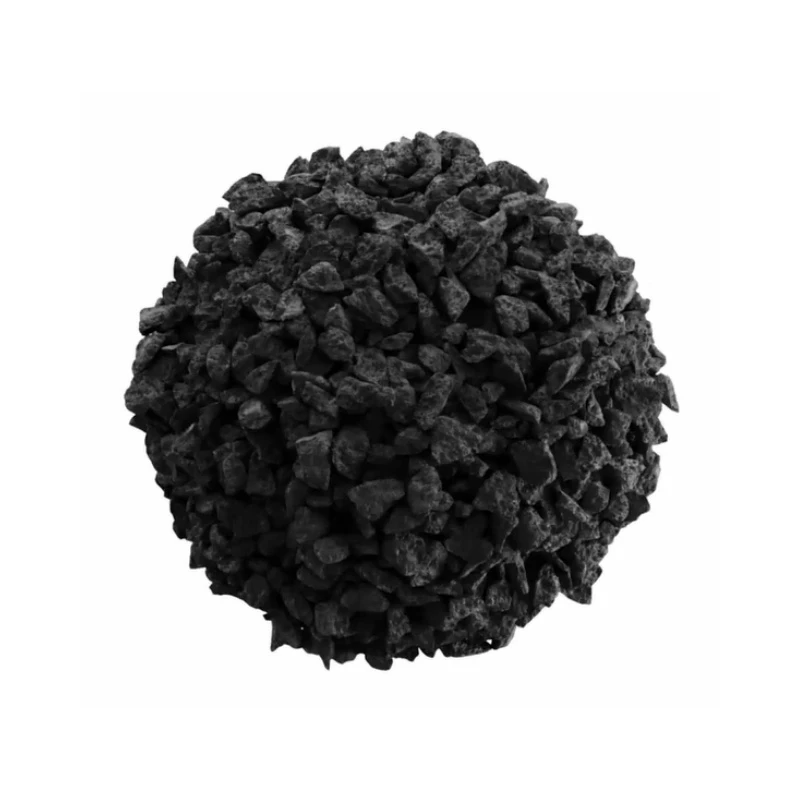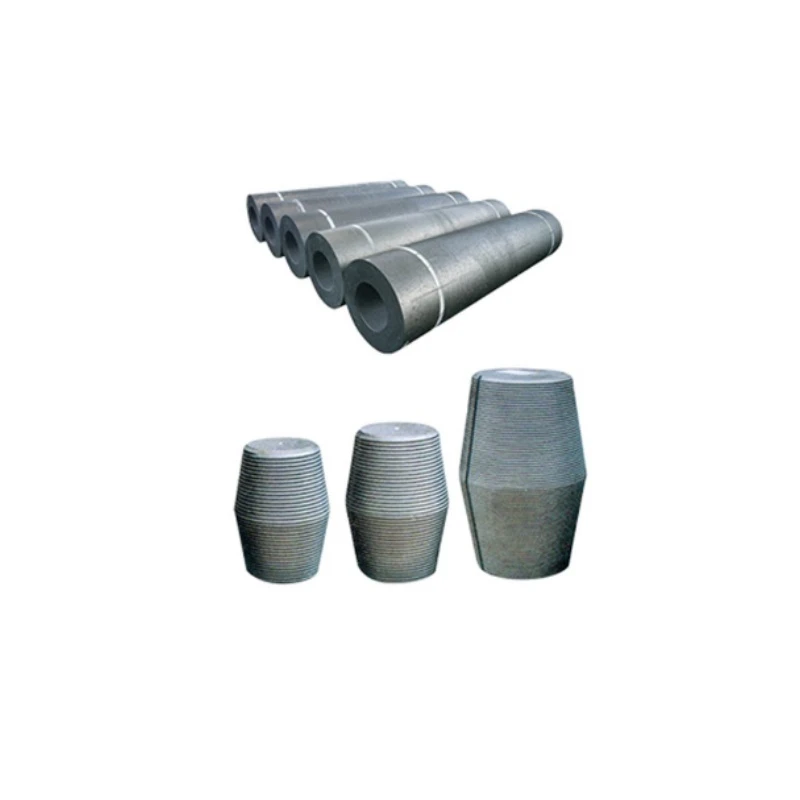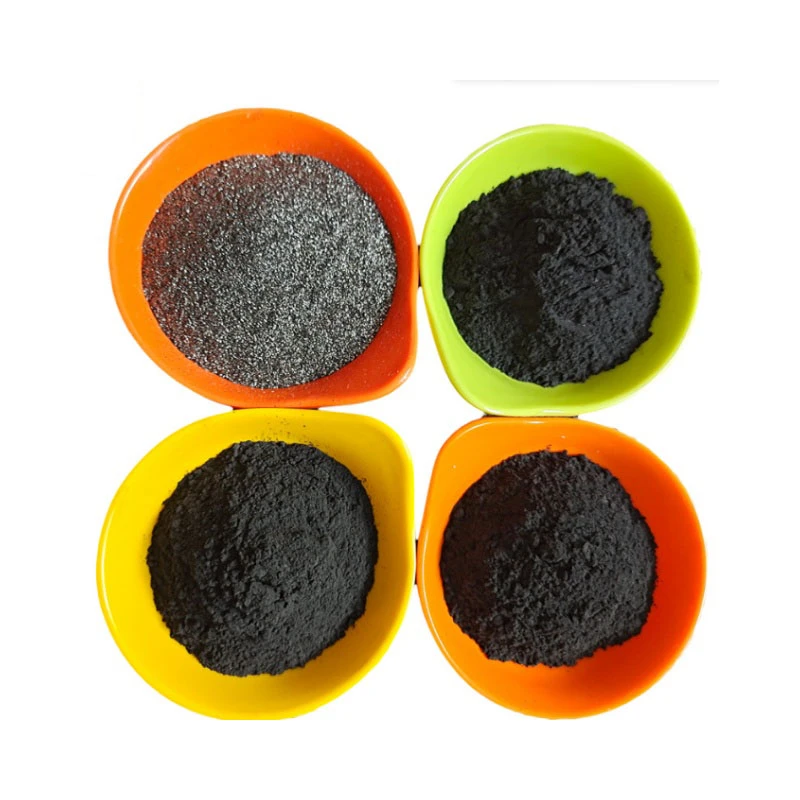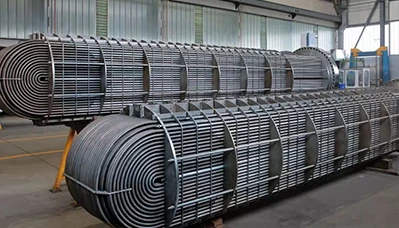- Englist


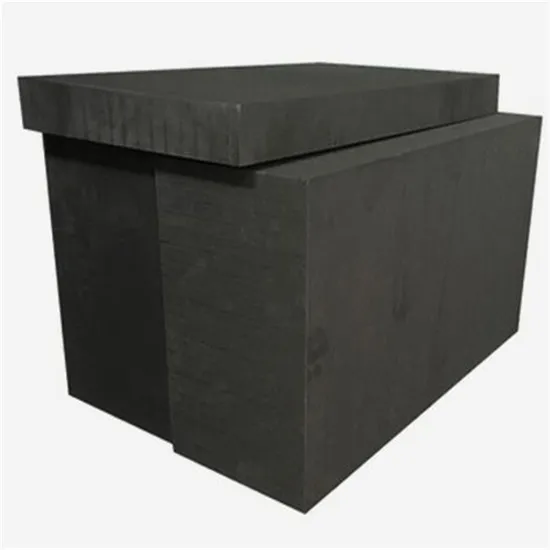
Graphite blocks are essential components in various industrial applications due to their excellent thermal conductivity, chemical resistance, and mechanical properties. Among the different types of graphite blocks available, isostatic graphite blocks have emerged as a preferred choice for industries that require high-performance materials under extreme conditions. These blocks are widely used in sectors like electronics, aerospace, automotive, and energy due to their unique properties and versatile applications.
Graphite itself is a naturally occurring form of carbon, known for its high melting point, electrical conductivity, and resistance to thermal expansion. These qualities make it an ideal material for applications involving heat management, lubrication, and electrical conductivity. When manufactured into blocks, graphite can be shaped to meet the specific requirements of various industries. Graphite blocks are commonly used as heat exchangers, electrodes, furnace linings, and in a range of applications where high thermal or electrical performance is needed.
Isostatic graphite, also known as high-density graphite, is produced through a special molding process called isostatic pressing. In this method, fine graphite powder is placed in a mold and subjected to high-pressure fluid, which ensures uniform compaction of the material. This process results in graphite blocks with a much higher density and superior mechanical properties compared to conventional graphite. The isostatic pressing technique eliminates inconsistencies in the material, giving the resulting graphite block a homogeneous structure and making it ideal for precision engineering applications.
The key advantages of isostatic graphite blocks are their high strength, low porosity, and excellent resistance to thermal shock. These properties make them especially useful in applications where high temperatures and rapid temperature changes are common, such as in electric arc furnaces, vacuum furnaces, and in the manufacturing of semiconductor components. Additionally, isostatic graphite is highly resistant to corrosion, which is critical in chemical and industrial processes that involve reactive substances.
In the aerospace and automotive industries, isostatic graphite blocks are used for components that require exceptional performance under extreme conditions. Their ability to withstand high temperatures while maintaining structural integrity makes them ideal for use in components such as seals, bearings, and brake systems.
In conclusion, graphite blocks, and especially isostatic graphite blocks, are critical materials in modern industry. Their high-performance characteristics, including exceptional thermal conductivity, mechanical strength, and resistance to harsh environments, make them indispensable in many advanced industrial applications. As demand for more efficient, durable materials grows, isostatic graphite blocks will continue to play a crucial role in industries that require precision and reliability.





 Pervious
Pervious
 Next
Next
